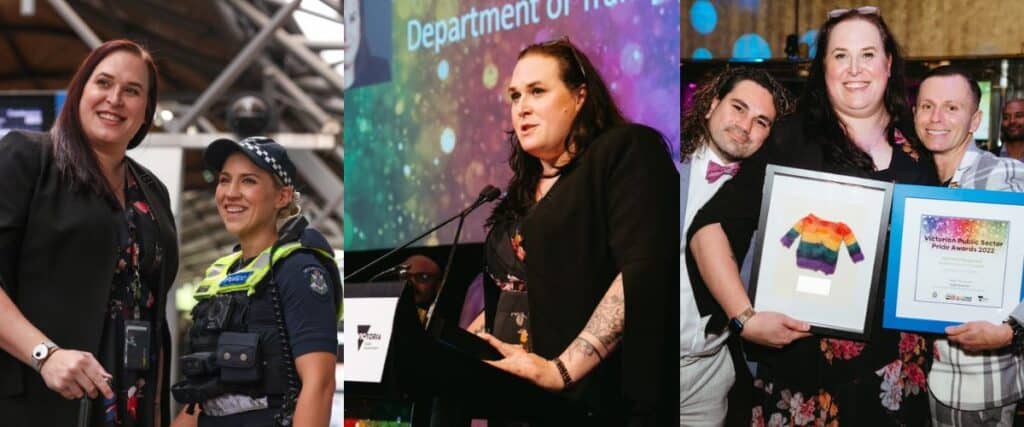In a world that has yet to reach gender equality and an equitable society, there are those who rise above the barriers and champion the cause with unwavering dedication. One such remarkable individual is trans activist Michelle Sheppard.
Michelle Sheppard, best known as “Mama Mish” in her community, is a transgender activist, trainer, and presenter who has dedicated her life to promoting gender equity. With personal experiences shaping her understanding of the challenges faced by transgender individuals, Michelle conducts diversity training, mentors colleagues, and offers support to those going through gender transitions.
She collaborates with notable organisations and designs inclusion programmes for workplaces, aiming to create an environment where everyone is treated fairly and has equal opportunities.
Michelle’s exceptional communication skills allow her to raise awareness and foster understanding of equality and diversity-related issues. Through her creative use of mediums like social media, radio, and television, she reaches a wide audience and inspires change.
In an interview with Michelle Sheppard, we explore her journey, achievements, and aspirations for a more inclusive future. Her unwavering dedication and transformative power leave an indelible mark on the fight for gender equity.
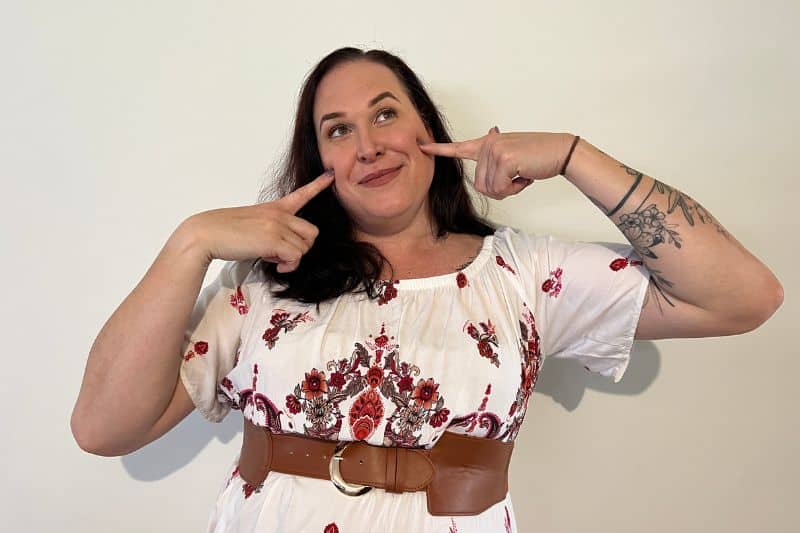
Can You Start Off by Sharing a Little More About Yourself?
I am known as “Mish” in my community, having come out as a transgender woman about a decade ago. Despite a successful career in IT, I [faced numerous] barriers and couldn’t reenter my industry after transitioning. As a parent of two teenage daughters, I had to [overcome homelessness and financial struggles]. Being an immigrant from the Bible Belt in Missouri, my transition [resulted] in immediate dismissal from work.
[Despite] these challenges, I’m passionate about supporting my community and being a positive role model. I consider myself fortunate and help others in similar situations, using their stories to raise awareness and foster understanding.
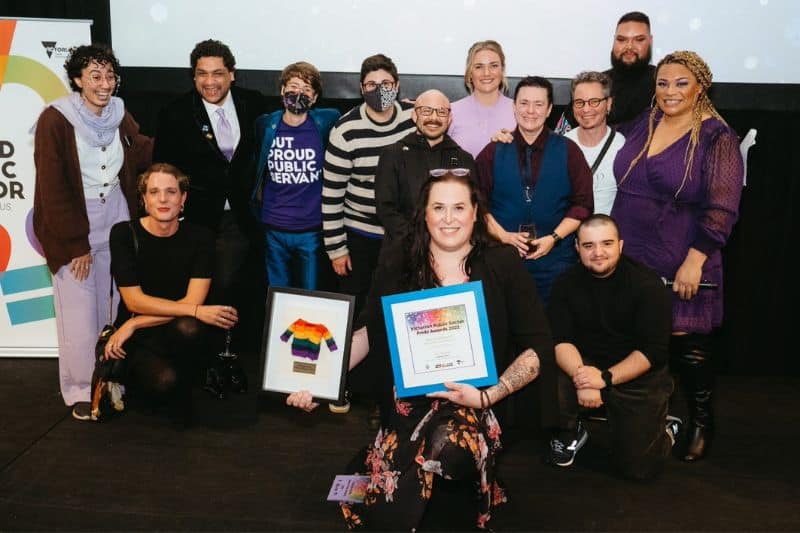
What Motivated You to Start Conducting DEI Training, and How Do You Approach These Sessions to Create Meaningful Impact?
I [began] conducting DEI training due to experiencing discrimination while job hunting as a trans woman. I networked and spoke publicly, eventually transitioning to training sessions. Unlike [complex approaches], I created a relatable “brave space” where participants feel comfortable asking questions. I share personal stories to help them connect and understand the impact of discrimination.
Through my approach, I’ve formed meaningful connections, even with those who may use [inappropriate language]. I strive to bridge the gap between [evolving language and understanding], emphasising empathy and meeting people where they are on their journey.
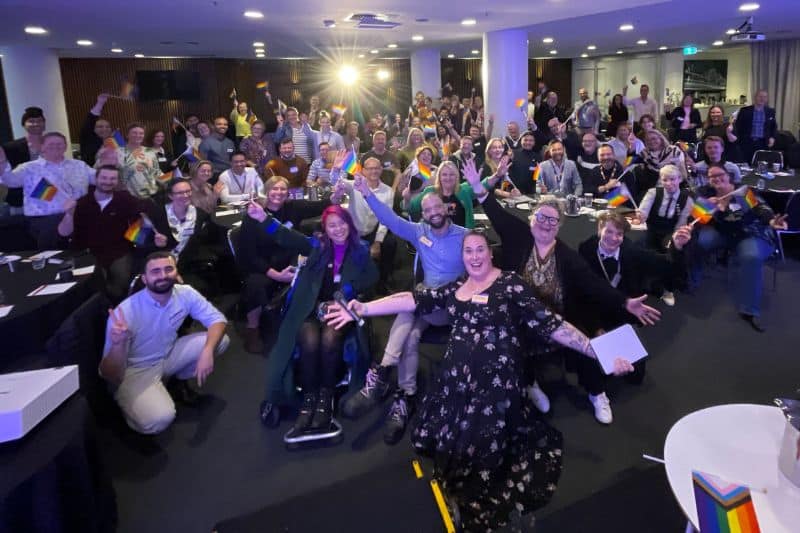
Why is it Essential for All Businesses to Value Diversity, Equity, and Inclusion in Their Practices?
Without these elements in the workplace, there will be a lack of diverse perspectives and ideas, [hindering the organisation’s growth and innovation].
It is important to address the question of why diverse voices are not being heard and why certain groups, such as women of colour and trans women, are not being included or given adequate spaces. [Simply] having a diverse workforce is not enough; active listening and engagement with these individuals are crucial.
[Merely] counting numbers and noting the presence of diverse employees is insufficient; the focus should be on genuinely listening to their voices.
What Role Do You Believe Workplaces Play in Fostering Inclusivity and Equality?
Workplaces have a vital role in promoting inclusivity and equality. Feeling seen and belonging are essential beyond diversity and inclusion. Work is not just about tasks, but also about social connections. To create an inclusive environment, workplaces must consider diverse needs.
I contribute by building connections with higher-level executives and front-line employees, bridging different levels of the organisation. Engaging with individuals, understanding their stories, and actively connecting people fosters a sense of inclusion. Meaningful relationships and conversations are key to creating a work environment where everyone feels valued and heard.
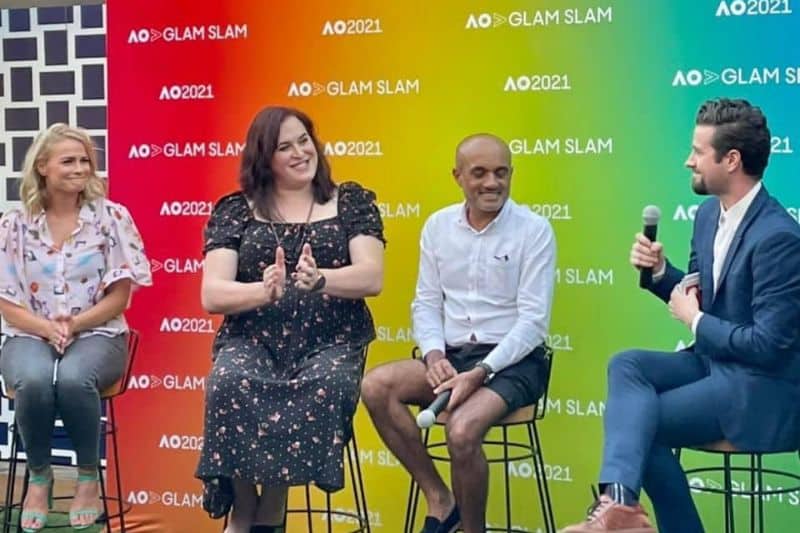
How Do You Address the Pushback Some Individuals May Give Towards Embracing Diversity and Inclusion?
Addressing pushback towards diversity and inclusion involves having open and honest conversations, both one-on-one and in larger training sessions. By creating a safe space for dialogue, we can address fears, misunderstandings, and miscommunications. It’s important to focus on the movable middle—those who are uncertain but willing to learn—while not wasting energy on individuals who intentionally create negativity.
By building relationships and providing honest answers, we can help people understand the importance of diversity and inclusion. While comprehensive data is lacking, efforts are being made to bridge this gap and highlight the realities faced by gender diverse individuals in the workplace.
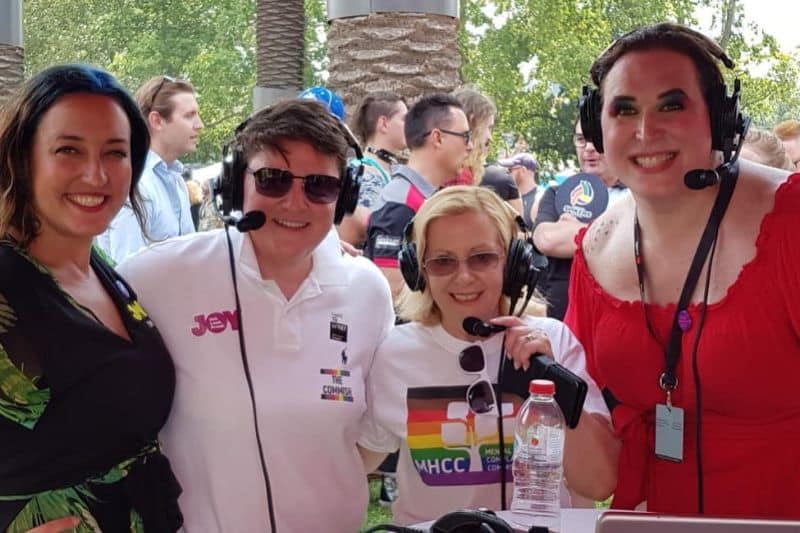
What Strategies or Initiatives Do You Recommend to Organisations to Attract, Retain, and Promote a Diverse Workforce?
To attract, retain, and promote diversity in the workforce, organisations should prioritise effective communication and outreach. They need to share their initiatives and actions clearly, reaching out to different communities in relevant spaces. Openly discussing diversity efforts in places where diverse individuals gather is crucial. Direct engagement through specialised training and initiatives like Employee Resource Groups can enhance understanding and promote growth.
To overcome stagnation, organisations should develop tailored training programs for teams in marketing and communications. By providing continuous education and catering to the hunger for knowledge, organisations can foster inclusivity and innovation.
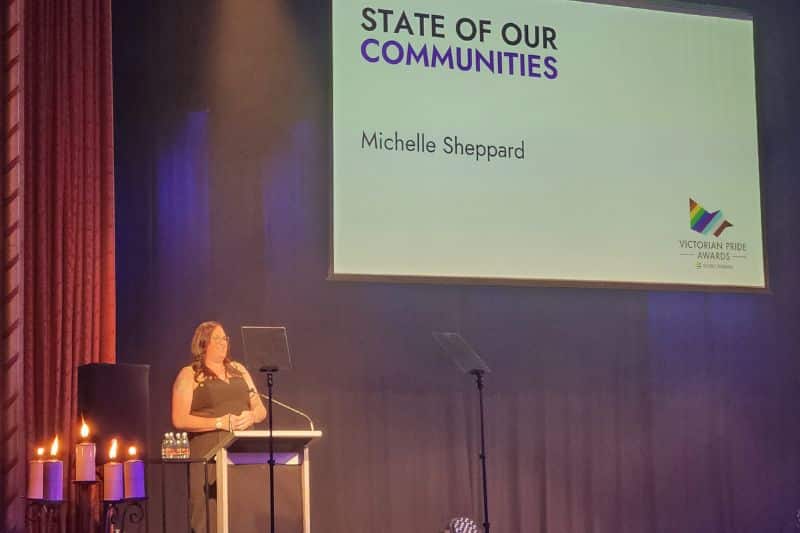
As an Advocate and Trainer, What Do You Find the Most Rewarding About Your Work?
As an advocate and trainer, the most rewarding part of my work is feeding people’s hunger for knowledge and belonging. I’ve seen people whose lives were changed by what they learned at my events. Engaging with individuals from different industries, I provide them with something they weren’t getting before.
What Challenges Do You Face in Your Field?
The biggest challenge is organisations themselves. They resist investing more and often lack diverse representation in leadership roles.
To truly make a difference, we need to include people with lived experiences from minority backgrounds. If we can achieve this across industries, the impact would be remarkable.
Can You Share an Inspiring Moment Where You Knew You Were in the Right Line of Work?
As a trans woman, entering this field later in life, I’ve had a profound experience that confirmed my passion for my work. Many professionals have spent decades struggling in this industry, and some find inspiration in my journey.
It’s incredible to have experienced colleagues seek my advice and to help others in the workplace who feel safe and supported by someone like me. Creating an LGBTQ+ portfolio and writing a personal gender affirmation guide have been groundbreaking. Recently, I [guided] someone coming out as transgender at work using my guide, and their excitement reaffirmed that I’m exactly where I should be.
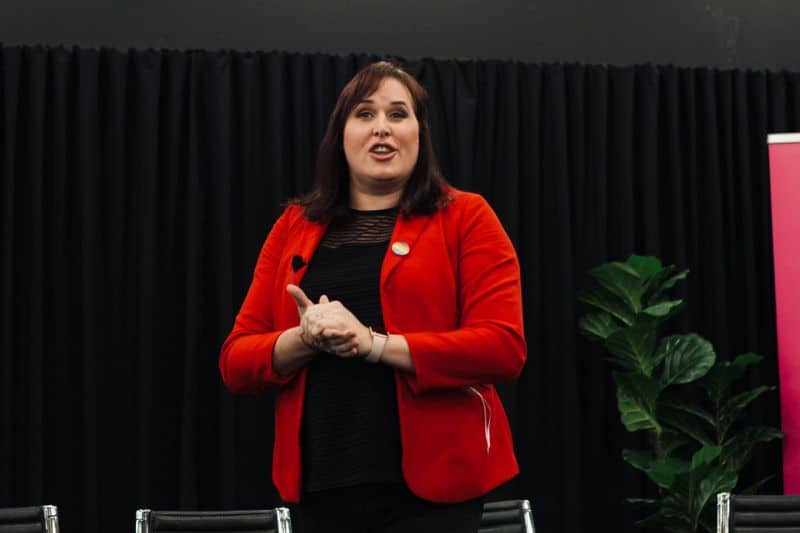
What are the Key Qualities or Skills That Help Leaders Foster a Truly Inclusive and Equitable Work Environment?
To cultivate inclusivity and equity at work, leaders must listen more than they speak. They should genuinely listen to their team members’ experiences and perspectives, guiding them when necessary.
Leaders should set aside personal biases, prioritise the needs of others, and create an environment where everyone’s voice is valued. Continuous learning is crucial, as leaders should actively seek educational opportunities and approach them with an open mind.
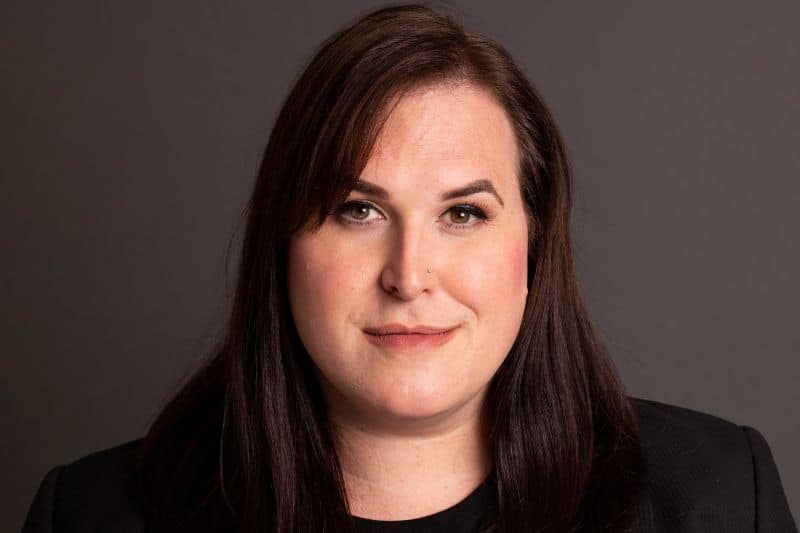
What Are Some of the Common Misconceptions or Misunderstandings People Have About Trans People?
Common misconceptions about trans people include the belief that they have fetishes, want to dominate women, invade women’s spaces, or excel in women’s sports due to viewing women as weak. These misconceptions come from both the heteronormative and LGBT communities. Hormone replacement therapy has significant physical and emotional effects. Trans women aim to uplift all women, but they also need support from cisgender women.
The idea that trans individuals harm or groom others, especially children, is false and harmful. Understanding and support for trans experiences are crucial, as being trans can bring new perspectives and positive relationships.
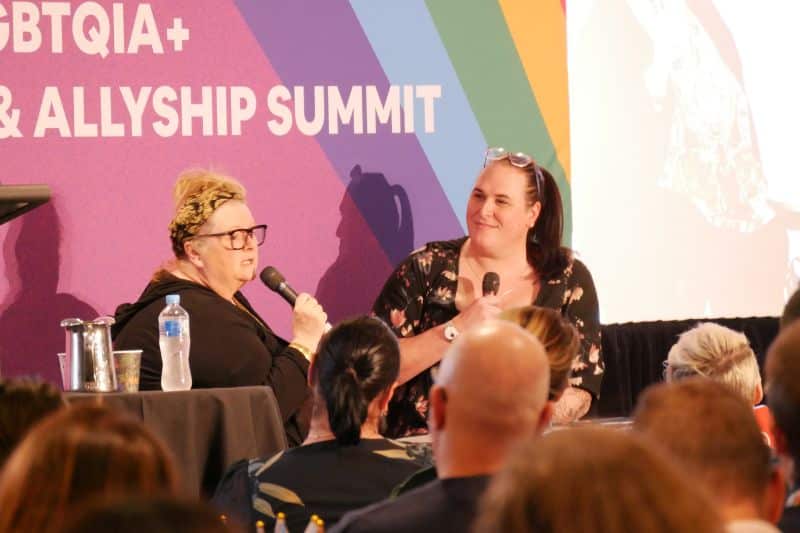
What Advice Do You Have for Those Who May be Struggling with Their Identity?
It’s important to embrace your true self and not conform to societal expectations. As a trans woman, I understand the challenges faced, such as finding suitable clothes as a plus-size woman. Instead of focusing on external appearances, prioritise personal growth and self-acceptance. Seek positive influences, practice self-care, and avoid relying solely on relationships for validation. Take time to explore and appreciate yourself.
Remember that the journey is transformative, and it’s okay to take it one step at a time. Believe in yourself and surround yourself with supportive people.
How Do You Take Care of Your Own Wellbeing and Mental Health While Dedicating Yourself to Such Important and Challenging Work?
To maintain my wellbeing while tackling demanding work, I prioritise laughter and seek diverse perspectives from both right-wing and left-wing media. Understanding the stories of those affected by systemic issues helps me create more effective solutions. When it comes to discussing LGBTQ+ inclusion, I embrace the conversation despite its controversial nature.
However, I also value personal space and set boundaries. I find solace in comedy, old films, and my own designated areas at home. Lego building provides a fun outlet, allowing me to relax and recharge.
It’s all about finding spaces to breathe, have fun, and prioritise self-care.
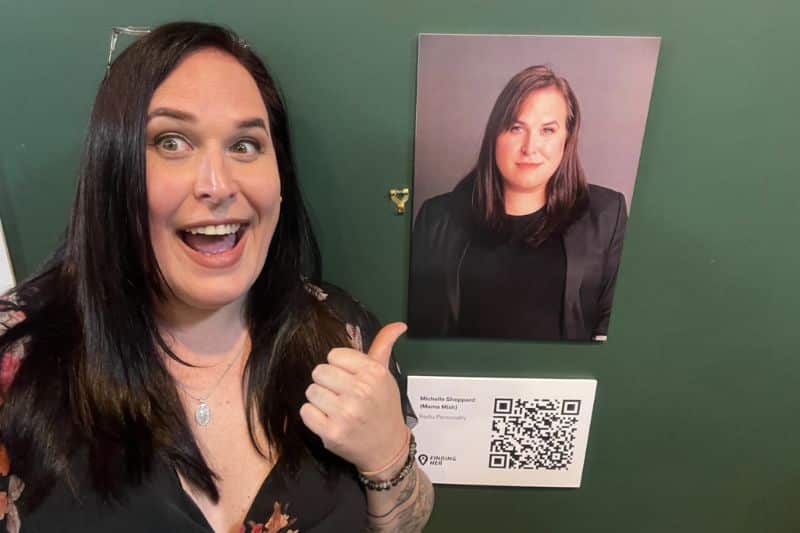
Looking to the Future, What are Your Aspirations and Goals in Continuing Your Work in Gender Equity and Inclusion?
Despite [not being] a highly prominent figure, I believe that the [possibilities] are greater than I once imagined. Currently, I am working on a book that shares my journey as a woman, hoping to connect with others and shed light on the challenges I faced without the support of family.
I am [passionate] about increasing diversity within the DEI space, particularly by including more voices like mine—transgender individuals, immigrants, and people of various backgrounds. It is disheartening to witness regressive attitudes and policies in my home country, which hinder progress towards equality.
I dedicate a significant portion of my efforts to blue-collar industries and sports, which present unique challenges for gender equity and inclusion. Overcoming societal biases and promoting understanding in these fields requires education and scientific advancements. Additionally, I aim to bridge the gap in communication and accessibility within blue-collar industries, engaging frontline workers and addressing overlooked areas.
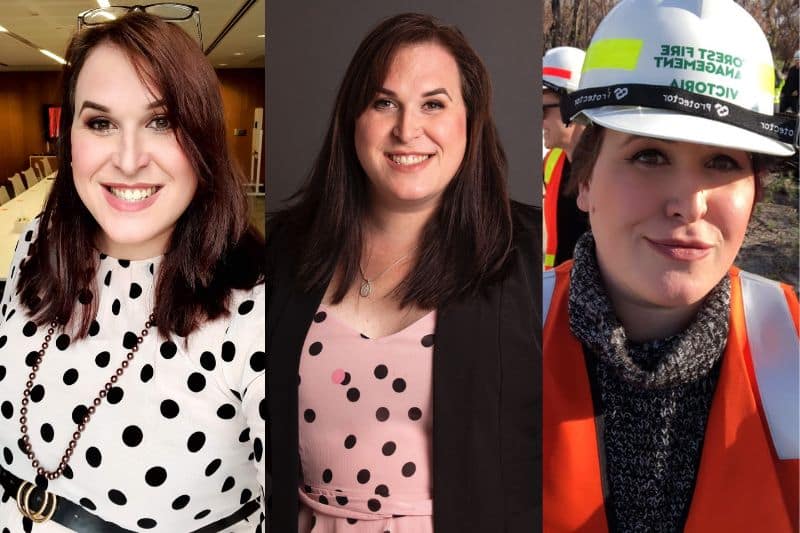
Visit mishsheppard.com to get in touch with Michelle and learn more about her DEI services.
Related Articles
Kitty Obsidian: Embracing Arts and Celebrating Body Positivity in Melbourne and Beyond
The Women’s Foundation: The NGO Driving Workplace Gender-Inclusivity in HK
CSR Guide: How to Foster a Sustainable Diversity and Inclusion Strategy at Your Workplace
